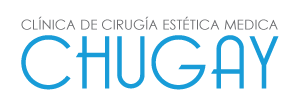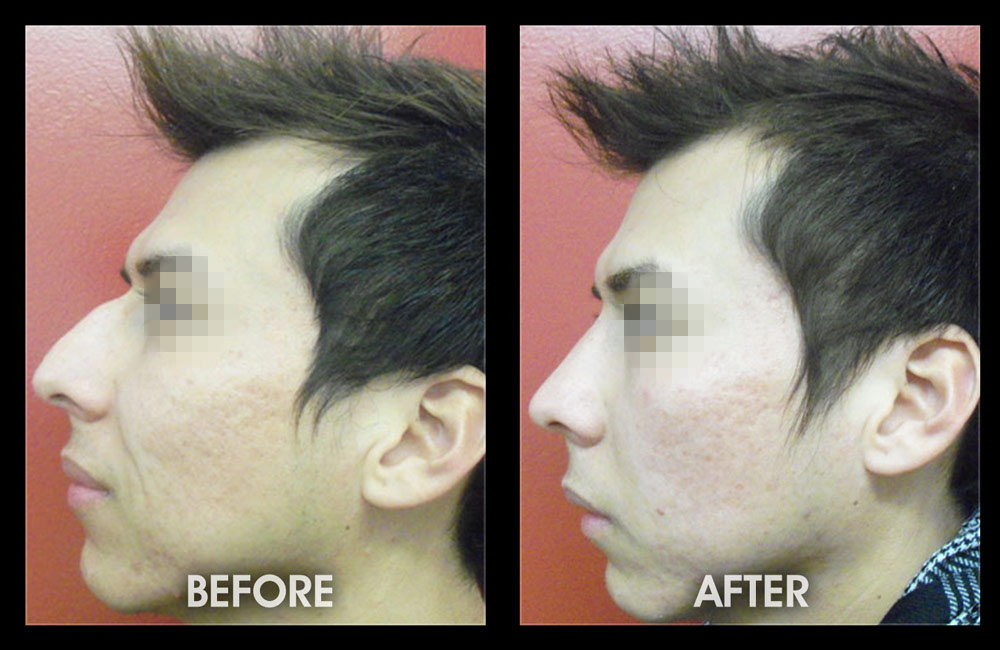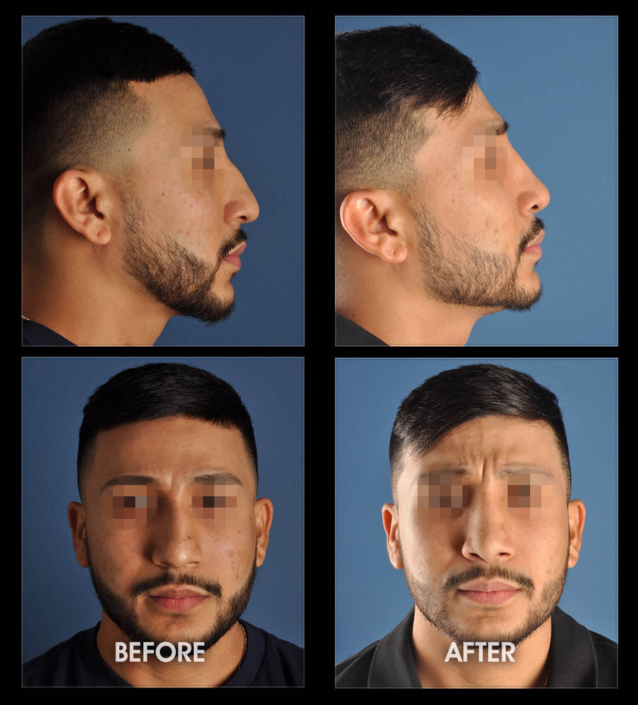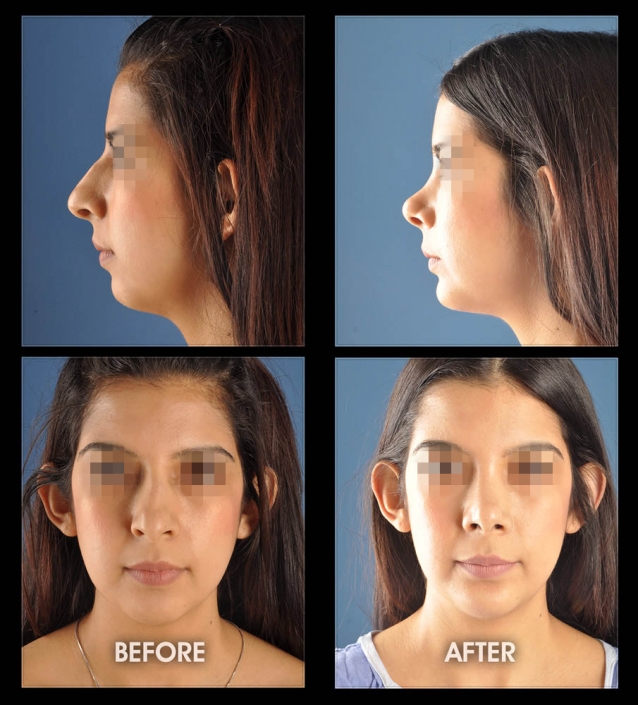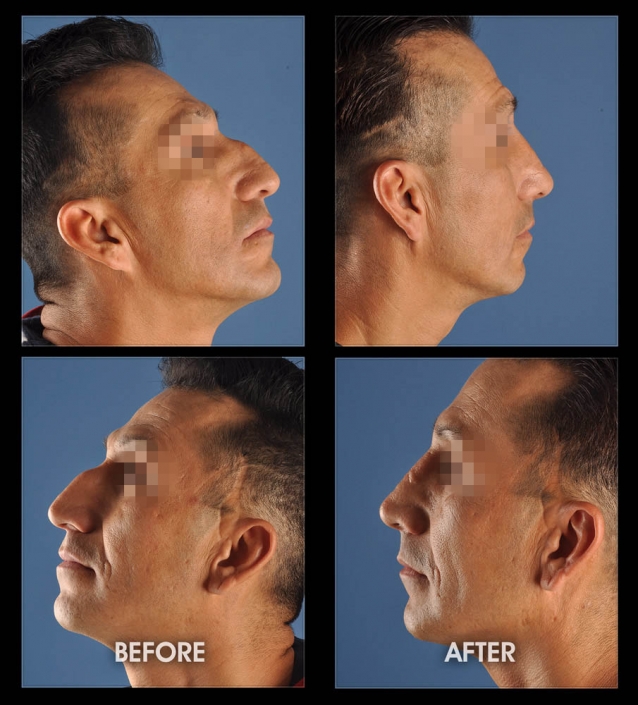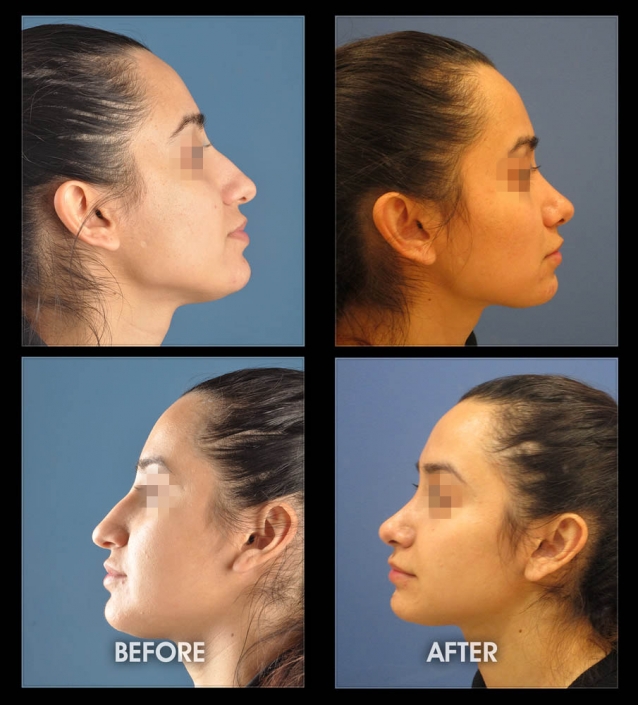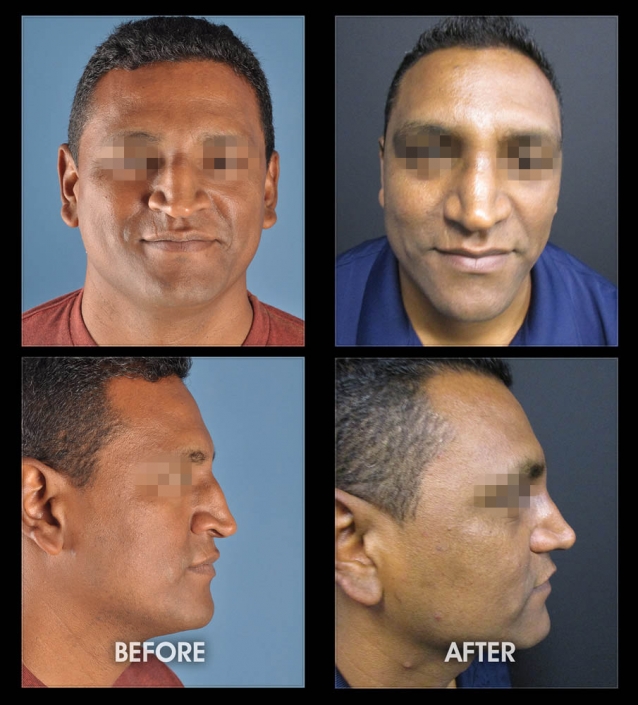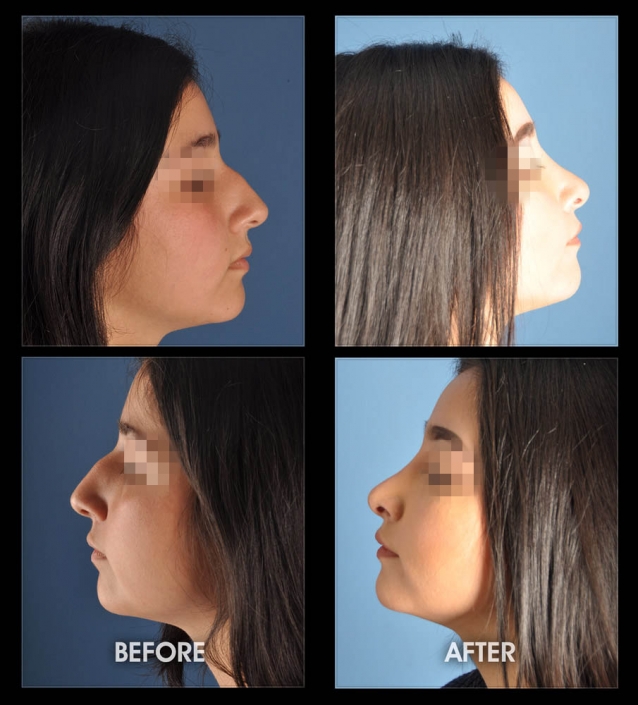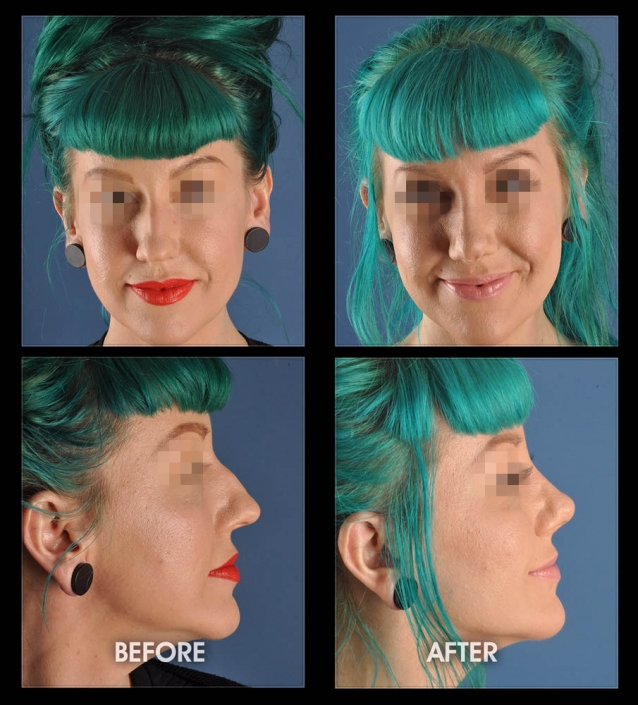Scarless Rhinoplasty Specials
Want a shapely nose but worried about visible scarring?
Chugay Cosmetic Surgery Medical Clinic specializes in “closed” or “scarless” rhinoplasty! Unlike 90% of other cosmetic surgeons who still perform “open” surgical rhinoplasty procedures placing the scar on the underside of the nose, at Chugay Cosmetic, we do the procedure in a way that hides the scar on the inner nose, making the incisions invisible! This is called a “closed” rhinoplasty procedure.
Ready to get your scarless rhinoplasty procedure?
There’s no better time than now! Not only do we have a current special offer on our closed rhinoplasty procedure but we also offer financing!
Check your eligibility with Lending USA or Care Credit!
SPECIAL PRICE
- $8,000.00 -
REGULARLY $10,000
RHINOPLASTY
Scarless nose sculpting surgery.
*Plus Anesthesia Cost – $800 to $1500/patient
*Our Prices include: Consultation, pre-operative labs, EKG, Surgery and post-operative follow up.
*Anesthesia is a separate fee of $ 800.00 – $ 1,500.00.
*Restrictions may apply.
Nose Sculpting Surgery
Nasal Implants & Cartilage Grafts
Dr. Chugay uses soft synthetic nasal implants in nose sculpting surgery for certain types of secondary cosmetic and reconstructive rhinoplasty. These instances include augmentation of the nasal bridge or filling in concave deformities, often found in asymmetrical, injured or misshapen noses. These nasal implants (nose sculpting) produce a very natural appearance of the nose, smooth contours, which usually cannot be achieved (regardless of the surgeon’s skill and good will) with cartilage grafts or other natural or synthetic implants or fillers.
For some instances of reconstructive rhinoplasty, Dr. Chugay uses cartilage grafts. Dr. Chugay believes that use of cartilage grafts should be limited to only certain instances in reconstructive rhinoplasty. Cartilage grafts are pieces of patient’s natural cartilage material (extracted from nose or ear), which are placed in the patient’s nose. Once the cartilage graft is fully healed and assimilated, the results are excellent. However, in many cases of nose sculpting surgery, cartilage grafts have a tendency to move, absorb or extrude. Use of synthetic material is not only viable, but a superior alternative to cartilage grafts in most cases.
Synthetic material emerges as a highly innovative implant substance with proven effectiveness. It has undergone extensive testing. It is inert and safe for patients use and has been approved by the FDA for surgical use.
Nasal Tip Reconstruction with Cartilage Graft
Dr. Chugay has found that cartilage grafts produce an excellent reconstructive result in the case of patients requiring nasal tip reconstruction. When the nose has been damaged, in previous surgeries or traumatic injuries, to such an extent that a major nasal tip correction is required, cartilage grafts are sutured into the nasal tip to reconstruct the tip. This is a rare and unique procedure which requires enormous skill on the part of the surgeon. Because of its complexity, open rhinoplasty surgery is performed to access the nasal tip.
Reconstruction of Severe Nasal Deformity
Frequently, correction of septal deformities will allow for straightening of crooked noses. Occasionally a conservative extraction of most of the septum is the only effective solution to straighten out a severely misshapen nose. Such extraction of septal cartilage (inner barrier between the nostrils) is a fundamental revolution in rhinoplasty technique allowing for correction of previously thought-of-impossible nasal deformities. Such nose sculpting surgery , nevertheless, preserves the tip support. Dr. Chugay, in the United States, and Dr. Jose Juri, in Argentina, have popularized this technique.
Who should Perform Reconstructive or Secondary Rhinoplasty?
Successful Reconstructive or Secondary Rhinoplasty (nose sculpting surgery) is limited to a handful of highly skilled surgeons. Make sure that your surgeon has experience in these procedures. Only about 5% of surgeons in the United States are familiar with and use synthetic implants.
Risks Involved
Nose surgery is not without its risks. The potential risks include but are not limited to: infection, bleeding, scarring, nasal deformity, and difficulty breathing.
Where is the Surgery Performed?
The surgery will be performed in our fully accredited surgical facility on an outpatient basis. No inpatient stay is required.
After Your Surgery
Following the surgery, the nose will be placed in a cast to allow the area to heal free from external damage. The cast will come off on your post-operative visit. There will be swelling in the area and breathing may be difficult post-operatively; however, as the swelling decreases you should notice a dramatic change in ease of breathing.
